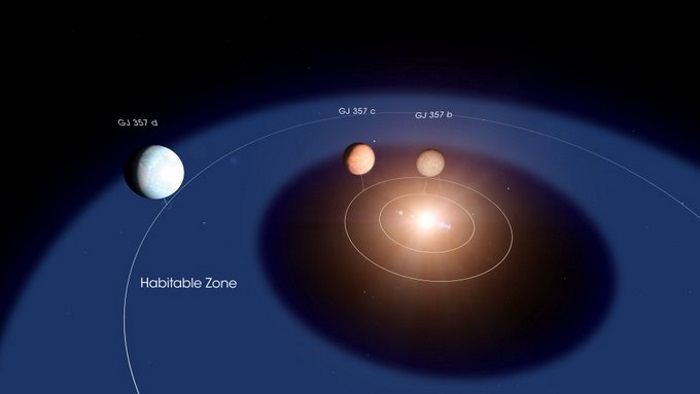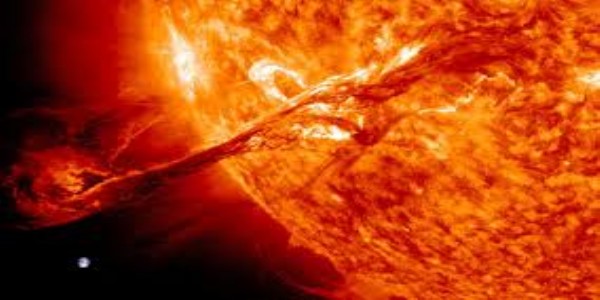Is human dream of harboring life on another planet is coming in reality?
Total Views | 50
Washington, Aug. 2: All science fictions in last few decades imagined about life in space or life on another planet. Many scientists and Physicists are dreaming and working hard for realizing this dream into reality. NASA gave good news in this regards with her latest research.

Making one of the biggest developments in the search for a habitable planet, NASA scientists have identified the 1st potentially habitable world outside our own solar system located about 31 light-years ahead for us.
The super-Earth planet — named GJ 357 d — was discovered in early 2019 owing to NASA's Transiting Exoplanet Survey Satellite (TESS), a mission designed to comb the heavens for exoplanets, according to research published in the Astrophysical Journal Letters.
Lisa Kaltenegger, associate professor of astronomy at Cornell University in the US and a member of the TESS science team expressed, “This is exciting, as this is humanity's first nearby super-Earth that could harbor life — uncovered with help from TESS, our small, mighty mission with a huge reach”.
She also added, The exoplanet is more massive than our own blue planet, and “the discovery will provide insight into Earth's heavyweight planetary cousins”. Lisa Kaltenegger explained, With a thick atmosphere, the planet GJ 357 d could maintain liquid water on its surface like Earth, and we could pick out signs of life with telescopes that will soon be online.
"If GJ 357 d were to show signs of life, it would be at the top of everyone's travel list — and we could answer a 1,000-year-old question on whether we are alone in the cosmos," Kaltenegger said.
They showed that the distant solar system — with a diminutive M-type dwarf sun, about one-third the size of our own sun — harbors three planets, with one of those in that system's habitable zone: GJ 357 d.
It is noteworthy that, the super-earth is an extrasolar planet with a mass higher than earth’s but substantially below those of the solar system’s ice giants, Uranus and Nepton.
Last February, the TESS satellite observed that the dwarf sun GJ 357 dimmed very slightly every 3.9 days, evidence of a transiting planet moving across the star's face.
That planet was GJ 357 b, a so-called "hot Earth" about 22% larger than Earth, according to NASA Goddard Space Flight Center, which guides TESS. Follow-up observations from the ground led to the discovery of two more exoplanetary siblings: GJ 357 c and GJ 357 d.
The international team of scientists collected Earth-based telescopic data going back two decades — to reveal the newly found exoplanets' tiny gravitational tugs on its host star, according to NASA.




